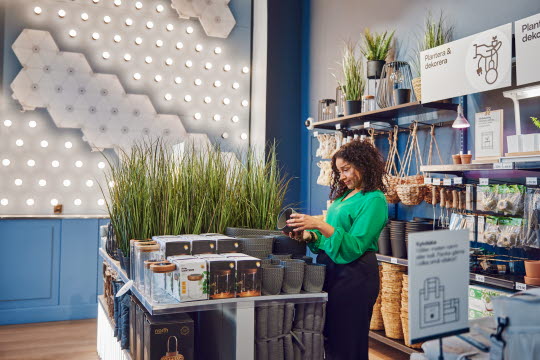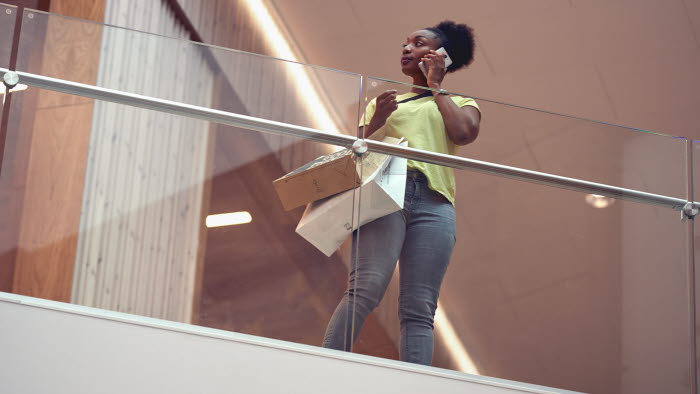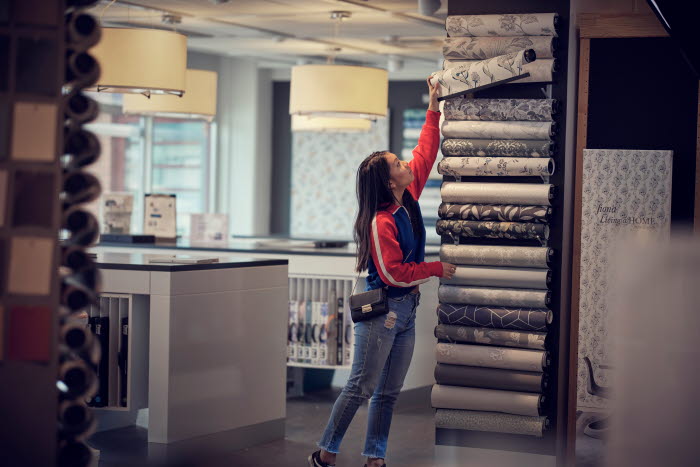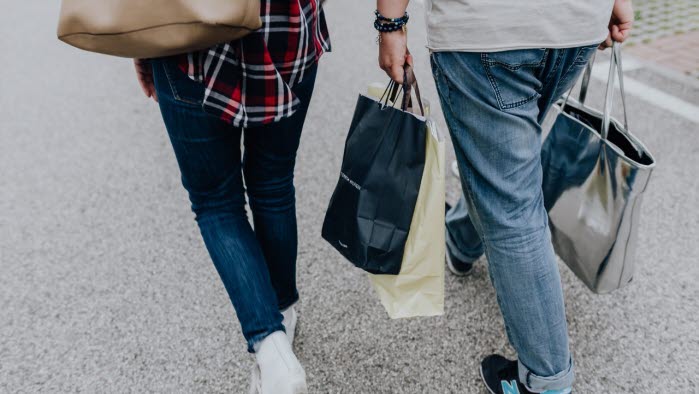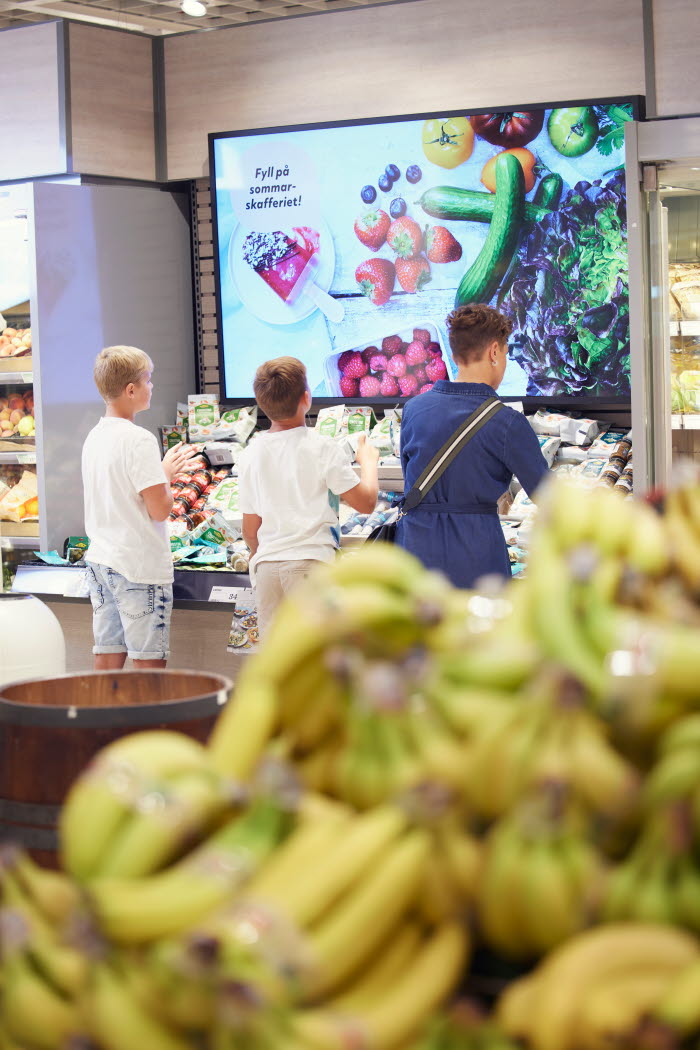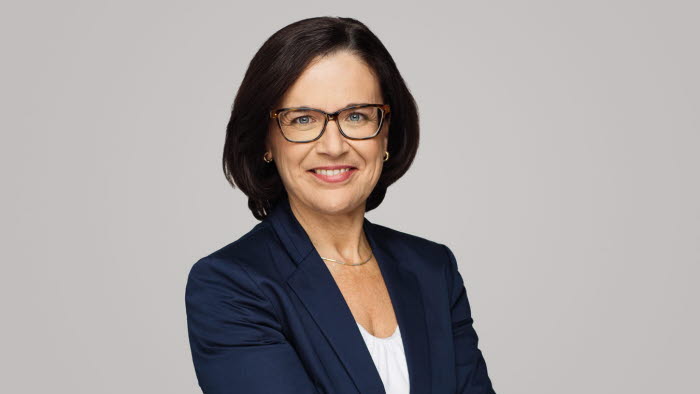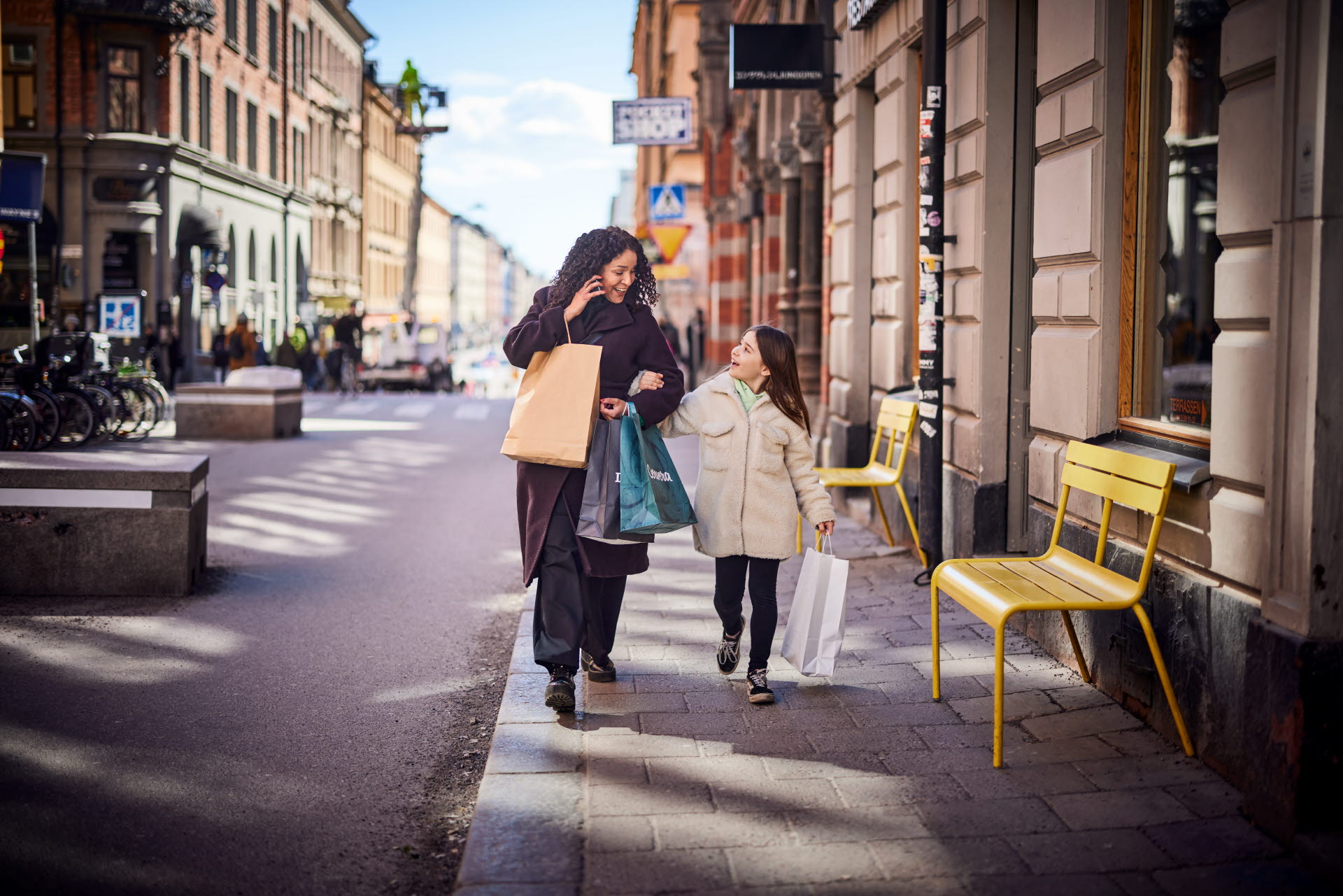
The evolving retail landscape
The combination of a pandemic, unrest in Europe’s east and inflation in many markets probably goes quite a long way towards explaining that this is impacting retailers’ decision making.
Time to consume: 3 min
25 August 2022
By John Ryan
Store design specialist and Newstores founder
Developing their current store experiences or creating new stores, or should they be making do with what they have, or indeed reducing the size of their estates? The answer is that it likely depends on who you are and the type of demographic you are serving.
The mid-market
Retailers operating in the mid-market have, for the most part, sizable store portfolios and the idea of adding more at a moment when there is a lot of uncertainty about which way things will go might appear naive. On the ground, many are looking at whether they really need as many stores as they have and excess space has been one of the hallmarks of this part of retail for some time. ‘Fewer, but better might be seen to be the mantra as far as this part of the market is concerned, which means that the focus is on making existing stores better while reducing exposure in secondary locations.
In many cases this is readily done as one of the other effects of the pandemic, when a lot of retailers closed their shutters, has been that store improvement programmes took a back seat. Now many are busy playing catch up and for designers and shopfitters, this may be cautiously good news, even if fewer stores exist as retailer invest into upweighting their experience for consumers.
Budget propositions
But what about the budget operators? From Primark to Lidl, new stores keep opening and perhaps the stringent times we find ourselves in may account for this. If disposable income is in shorter supply than might have been the case previously, then it makes sense for shoppers to head for stores where they may enjoy more bang for their buck. Continuing to expand store networks makes sense given this scenario and it seems reasonable to assume that this will continue to be the case for some time to come.
Luxury
Finally, at the ‘better end’ of the spectrum, knowing whether it makes sense for luxury retailers to open more stores is a tougher call. ‘Affordable’ or ‘entry’ price luxury retail may well be experiencing a downward trend as inflation takes its toll in many countries. It is a mixed picture, however, as luxury ‘treats’ continue to be in demand and brands such as Dior, Chanel and Louis Vuitton continue to open small stores, particularly in the beauty arena, in response to this. Inevitably this will slow when the market approaches saturation, but that seems still to be some way off.
At the very top end, it’s simply a matter of whether a brand is ‘on-trend’ or not with names such as Gucci continuing to expand their estates in the largest (and wealthiest) cities. For shoppers entering stores of this kind the economic backdrop is of less consequence and therefore what matters for the brands is how fashionable their propositions may be and therefore whether more stores to satisfy this may be required.
A mixed picture
It’s a very mixed picture and as always, it’s a matter of who the customer is and where they are. Location remains vitally important, but that is an almost entirely different, albeit related, kettle of fish. Open more stores if the demand is there, but think carefully.
Article written by
John Ryan
Store design specialist and Newstores founder
